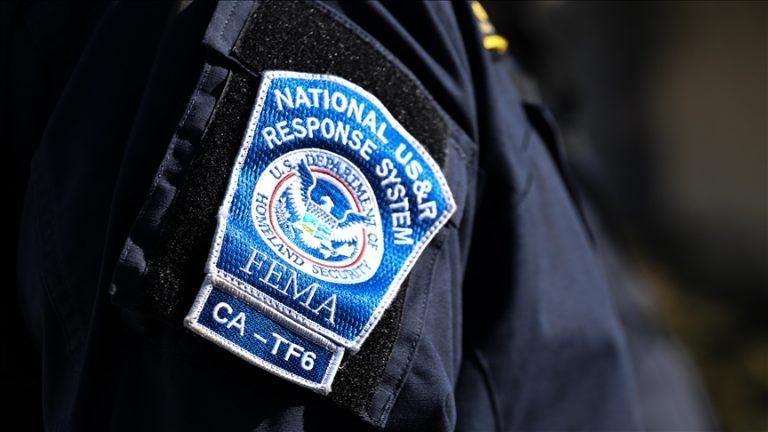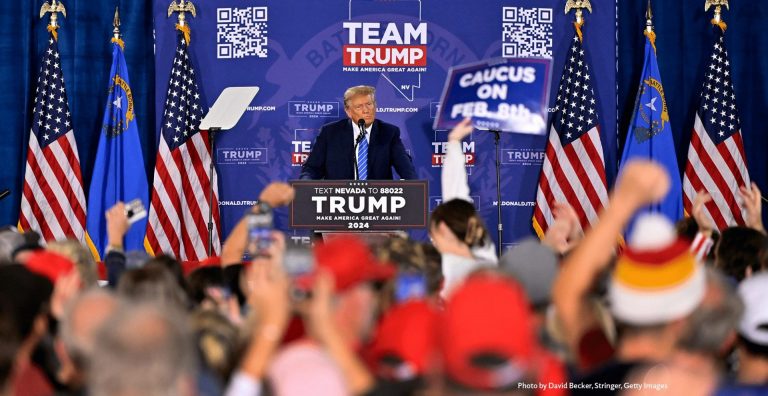
how to verify us news
How to Verify US News
If you’re wondering how to verify US news, this guide gives practical, journalist-tested steps you can use immediately. In an era of fast social posts and breaking headlines, knowing how to verify US news helps you avoid sharing misinformation, follow reliable reporting, and hold outlets accountable. Below are clear verification techniques, tools, and a short checklist you can use on any story — from a viral tweet to a major policy announcement.
Start by reading laterally — go upstream to the source
The first rule for how to verify US news is to “read laterally.” That means when you find a claim, leave the page and search the web for what other reputable outlets say about the same claim. Don’t rely on a single social post or a single website — check for original documents, official statements, or mainstream coverage that corroborates the story. Journalists and media-literacy trainers recommend this approach because it quickly reveals whether the claim is echoed by authoritative sources or appears only in isolated corners of the web. (libguides.csun.edu)
Go upstream: find the original source or document
Always try to locate the primary source — the official press release, government report, court filing, company statement, or full interview transcript. Primary sources remove ambiguity and let you check context (quotes, dates, precise wording). If a news item cites “a study” or “a government source,” track down that study or the agency page. For U.S. news, official portals (e.g., agency websites, the Department of Justice, state health departments) are the fastest way to confirm official claims. (Poynter)
Cross-check with established fact-checkers and newsrooms
When verifying breaking claims about U.S. politics, public health, or viral social posts, check reputable fact-checking outlets (AP Fact Check, Reuters Fact Check, PolitiFact, and others) and major newsroom corrections pages. These organizations have teams dedicated to verifying claims and publish clear verdicts and sources you can cite. Before sharing, see whether a claim has already been checked and what evidence the fact-checker used. (AP News)
Verify images and video — visual verification basics
Photos and videos spread quickly and can be reused out of context. To verify visual content (a key step in how to verify US news):
- Do a reverse-image search (Google Images, TinEye) to find earlier instances of a photo.
- Check timestamps and metadata when available (some platforms strip EXIF, but earlier posts or reposts can reveal original upload dates).
- Use verification guides and tools that journalists trust (First Draft / verification one-pagers and Bellingcat tutorials) to triangulate location, date, and origin. Verifying the location (look for landmarks, signage, or shadows) and checking whether multiple independent witnesses or local outlets reported the same visual are vital steps. (First Draft)
Evaluate the source: who wrote it and do they have a track record?
Ask basic source questions: Who is the author or account? Is the outlet reputable? Is the story anonymous or unattributed? Look for bylines, datelines, sourcing details, and disclosures. If an account is new, has no history, or shows signs of manipulation, treat claims with extra skepticism until you find independent confirmation. The Poynter Institute and RTDNA provide straightforward checklists to evaluate sources and attribution. (Poynter)
Use open-source techniques (OSINT) for social posts
For social media claims, open-source intelligence (OSINT) techniques are enormously helpful: check account creation dates, other posts from the account, replies and comments, and whether other users first posted the content earlier. Tools and one-sheet guides from verification groups (First Draft, Bellingcat) teach how to verify tweets, Facebook posts, Instagram content, and videos step-by-step. These techniques are central to modern guidance on how to verify US news online. (First Draft)
Watch for common red flags
Be extra skeptical when you see:
- No named sources or anonymous sourcing without context.
- Claims that rely on a single screenshot or a cropped video.
- Sensational headlines that don’t match the body text.
- Lack of corroboration from other trustworthy outlets.
If multiple red flags appear, don’t share until you confirm the claim.
Practical tools and resources (quick list)
- Reverse image: Google Images, TinEye. (First Draft)
- Verification guides: First Draft one-sheets and Bellingcat’s verification guides. (First Draft)
- Fact-checkers: AP Fact Check, Reuters Fact Check, PolitiFact. (AP News)
- Journalist guides: Poynter Institute, RTDNA source-evaluation checklists. (Poynter)
A quick verification checklist you can use (copy/paste)
- Read laterally — search for other coverage. (libguides.csun.edu)
- Find the primary source (official docs, press releases). (The Associated Press)
- Check fact-checkers and major newsrooms for confirmation. (AP News)
- Verify images/videos with reverse search and location checks. (First Draft)
- Evaluate the source’s credibility (authorship, history, corrections policy). (Poynter)
- If still uncertain, label the information as unverified and wait for confirmation.
Final thoughts
Knowing how to verify US news keeps you and your audience safer from misinformation. Use lateral reading, primary documents, visual verification techniques, and trusted fact-checking outlets as your routine. When in doubt, pause — a short verification step prevents the spread of errors and helps build a reputation for sharing only reliable information.
Follow TNN for more US NEWS TODAY!






